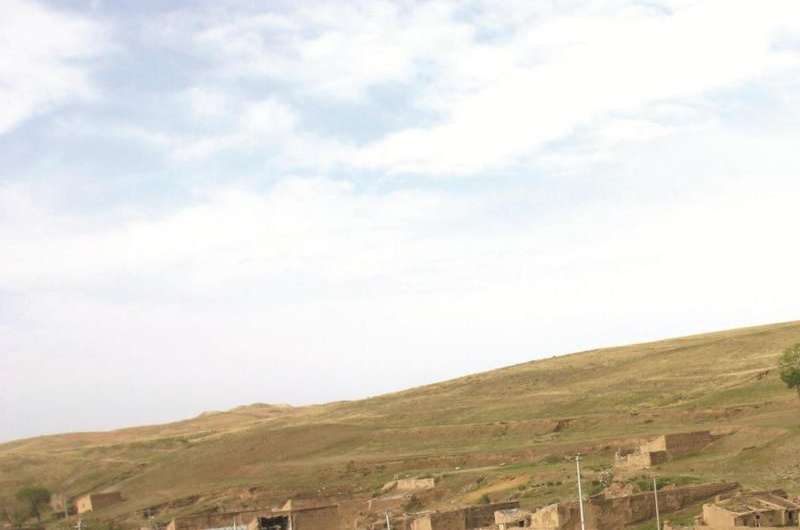Coupled human and natural systems explain change on the Mongolian Plateau

Human influence on the natural world is widely acknowledged to have reached an unprecedented scale. Likewise, changes in natural systems have the potential to alter human behaviors, creating complex system interactions. These dynamics can be understood using the conceptual framework of coupled human and natural systems, or CHANS.
In an article published in the June issue of BioScience, a cross-disciplinary group of researchers, led by Jiquan Chen, of Michigan State University and Nanjing University of Information Science and Technology, used the CHANS concept to examine the dynamics at play that affected livestock rearing between 1980 and 2010 on the Mongolian Plateau. According to the authors, CHANS research is particularly useful because biophysical and socioeconomic systems "interact with one another... yielding emergent behaviors for each system." The Mongolian Plateau presents a unique opportunity to apply the concept, because it comprises two jurisdictions with similar ecological systems but contrasting socioeconomic and political systems. The researchers combined economic measures, such as gross domestic product, with a measure of ecosystem productivity derived from satellite data.
Although both Mongolia, an independent country, and Inner Mongolia, an autonomous region within China, have been subject to urbanization in recent years, the causes are different. In Inner Mongolia, it has largely been driven by improved job opportunities in cities, whereas in Mongolia, a series of policy-driven incentives have encouraged herdsmen to abandon pastoral livelihoods. Chen and colleagues write that "these economy- and policy-driven processes will likely continue to produce significant consequences for land-use change in rural landscapes, with consequent effects on ecosystem productivity and related services." Livestock production increased more in relation to ecosystem productivity in Inner Mongolia during the period examined, probably because livestock feed more on purchased fodder there.
Further work on the dynamically interacting subsystems that drive CHANS will be needed, argue the authors, especially if the aim is to inform policymaking decisions "that support adaptation to changing climatic and economic conditions."
This article is part of a BioScience Special Section on CHANS.
Journal information: BioScience
Provided by American Institute of Biological Sciences


















